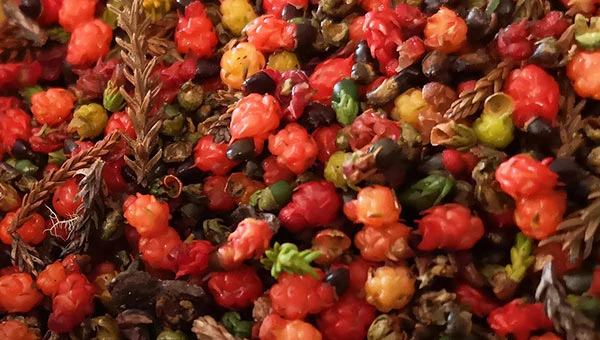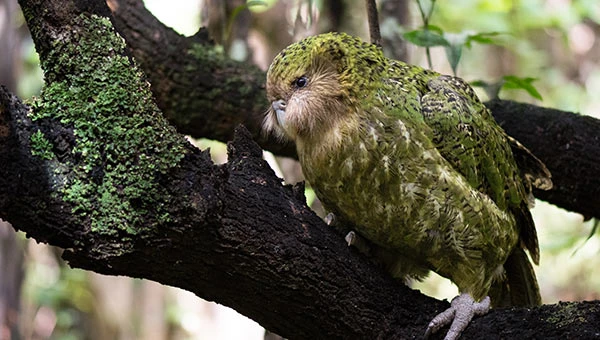The natural world is a pretty amazing place. The how’s and why’s of things often make little sense to us mere humans. Like what determines a successful breeding season from one year to the next. On the surface, there seems to be no rhyme nor reason as to why kākāpō sometimes have more successful years than others. Turns out though, that there is a method to their madness and our friends at the Department of Conservation (DOC) have let us in on the secret.
For the kākāpō, it all lies in a fruit. The rimu fruit to be precise. When it’s a bumper rimu mast (technical speak for mass fruiting), it’s a strong indication that we are on for a decent breeding season. It’s important to note that this only happens every two to five years, so it’s a pretty big deal.

